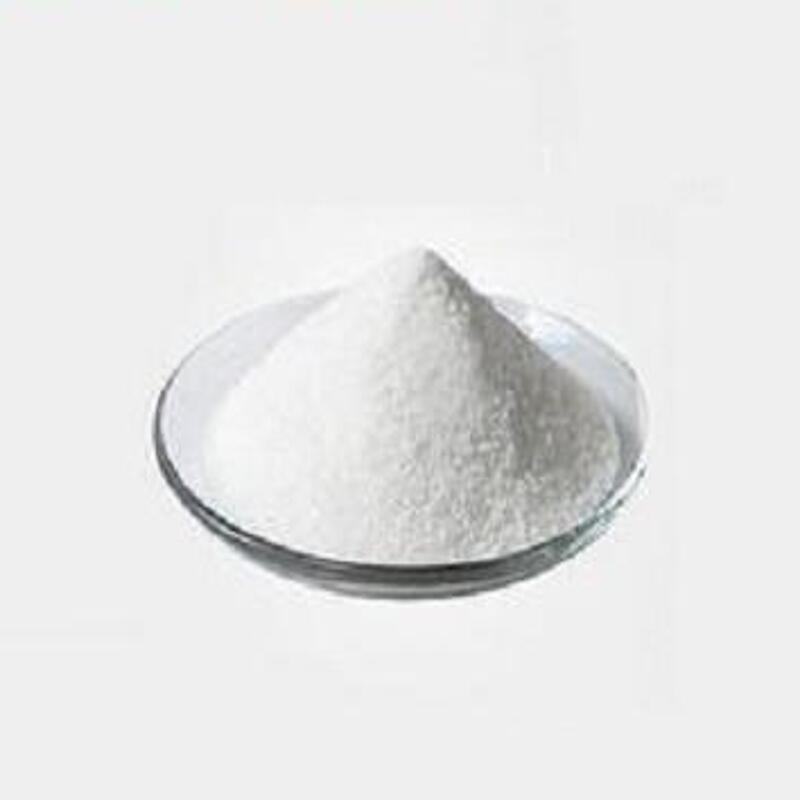-
Categories
-
Pharmaceutical Intermediates
-
Active Pharmaceutical Ingredients
-
Food Additives
- Industrial Coatings
- Agrochemicals
- Dyes and Pigments
- Surfactant
- Flavors and Fragrances
- Chemical Reagents
- Catalyst and Auxiliary
- Natural Products
- Inorganic Chemistry
-
Organic Chemistry
-
Biochemical Engineering
- Analytical Chemistry
-
Cosmetic Ingredient
- Water Treatment Chemical
-
Pharmaceutical Intermediates
Promotion
ECHEMI Mall
Wholesale
Weekly Price
Exhibition
News
-
Trade Service
Gluconic acid is a commonly used chemical in the chemical industry, and it has a wide range of applications in various industries such as pharmaceuticals, food and beverage, and cosmetics.
As with any chemical, it is important to understand the proper handling and use of gluconic acid to ensure the safety of workers and the environment.
In this article, we will discuss the instruction of gluconic acid in the chemical industry, including its properties, uses, and safety measures.
Properties of Gluconic Acid:
Gluconic acid is a colorless or slightly yellowish liquid with a mild acidic taste.
It is a weak organic acid that is soluble in water and has a low volatility.
Gluconic acid is commonly used as a food additive, a preservative, and a pharmaceutical intermediate.
Uses of Gluconic Acid:
Gluconic acid is used in various industries due to its versatile properties.
In the pharmaceutical industry, it is used as an intermediate for the production of certain drugs.
It is also used as a preservative in food and beverages to prevent the growth of harmful bacteria and fungi.
In the cosmetic industry, gluconic acid is used as an ingredient in skin care products to maintain the pH balance of the skin.
Safety Measures:
Working with any chemical requires careful attention to safety measures to prevent accidents and injuries.
The following are some of the safety measures that should be taken when handling gluconic acid:
- Wear appropriate personal protective equipment (PPE) such as gloves, goggles, and a lab coat when handling gluconic acid.
- Handle gluconic acid in a well-ventilated area and avoid inhaling its vapors.
- Avoid contact with skin, eyes, and clothing.
In case of contact, rinse the affected area immediately with plenty of water. - Keep gluconic acid away from sources of ignition, such as open flames and hot surfaces.
- Store gluconic acid in a cool, dry place away from direct sunlight and heat.
- Always follow the manufacturer's instructions for handling and storing gluconic acid.
Handling and Storage of Gluconic Acid:
Gluconic acid should be handled with care to prevent spills and leaks, which can be hazardous to workers and the environment.
It should be stored in a cool, dry place away from direct sunlight and heat.
The container should be tightly sealed to prevent leakage and contamination.
Transportation of Gluconic Acid:
When transporting gluconic acid, it is important to follow safety measures to prevent accidents and spills.
The chemical should be transported in a secure container that is properly labeled and packaged to prevent damage.
The vehicle used for transportation should be appropriately equipped to handle hazardous chemicals.
Regulatory Requirements:
Gluconic acid is subject to various regulatory requirements, including OSHA's Hazard Communication Standard (HCS) and Environmental Protection Agency (EPA) regulations.
Employers must ensure that workers are trained on the proper handling and storage of gluconic acid and that safety data sheets (SDSs) are readily accessible.
Conclusion:
Gluconic acid is a versatile chemical with a wide range of applications in various industries.
However, it is important to handle and store the chemical with care to prevent accidents and injuries.
Employers must ensure that workers are properly trained on the safe handling and storage of gluconic acid and that safety measures are strictly followed.
By following the proper safety measures and regulatory requirements, workers and the environment can be protected from the hazards associated with gluconic acid.







